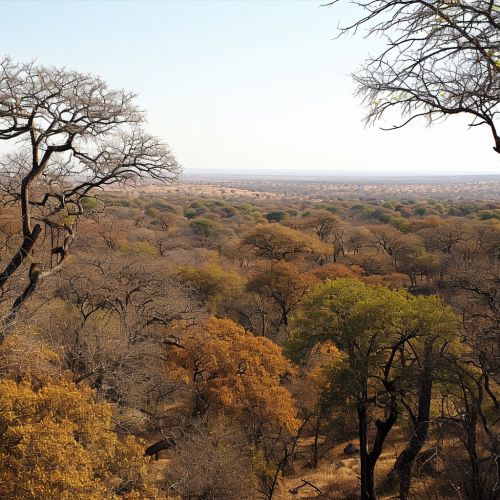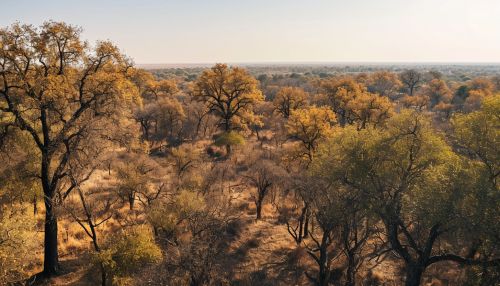Dry Forest
Introduction
A Dry Forest, also known as a tropical dry forest, is a type of forest ecosystem characterized by seasonal dry periods. Unlike rainforests, dry forests experience a significant dry season, during which leaf shedding occurs to conserve water. These forests are found in various parts of the world, including South America, Africa, Asia, and the Pacific Islands. They are home to a diverse range of plant and animal species, many of which have adapted to the unique conditions of this environment.


Characteristics
Dry forests are marked by a distinct dry season, which can last for several months. During this period, many trees shed their leaves to reduce water loss. This is in contrast to rainforests, which remain evergreen throughout the year. The canopy of a dry forest is less dense, allowing more light to reach the forest floor. This results in a more diverse understory compared to rainforests.
The soil in dry forests is typically well-drained and fertile, making it suitable for agriculture. However, this also makes these forests vulnerable to human activities such as farming and logging. The climate of dry forests is tropical or subtropical, with high temperatures throughout the year. Rainfall is highly seasonal, with a distinct wet and dry season.
Biodiversity
Despite the challenging conditions, dry forests are rich in biodiversity. They are home to a wide range of plant species, including deciduous trees, evergreen trees, shrubs, and grasses. Many of these plants have evolved adaptations to survive the dry season, such as deep roots, thick bark, and leaves that minimize water loss.
Dry forests also host a diverse array of animal species. Many animals in these forests are adapted to the seasonal changes, with some going into a state of dormancy during the dry season. These forests are particularly important for bird species, many of which migrate to these areas during the dry season.
Threats and Conservation
Dry forests are among the most threatened ecosystems on the planet. They are often cleared for agriculture due to their fertile soil. Logging, grazing, and urban development also pose significant threats. Climate change is expected to exacerbate these threats by increasing the severity and duration of the dry season.
Conservation efforts for dry forests include the establishment of protected areas, sustainable forestry practices, and reforestation programs. Local communities also play a crucial role in conservation, as many rely on these forests for their livelihoods. Sustainable use of forest resources can provide an incentive for conservation while also supporting local economies.
